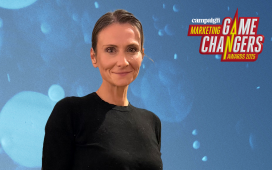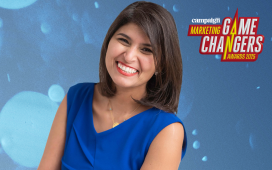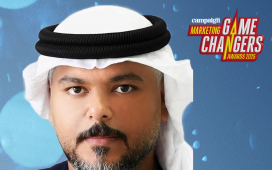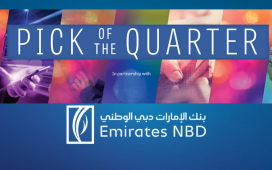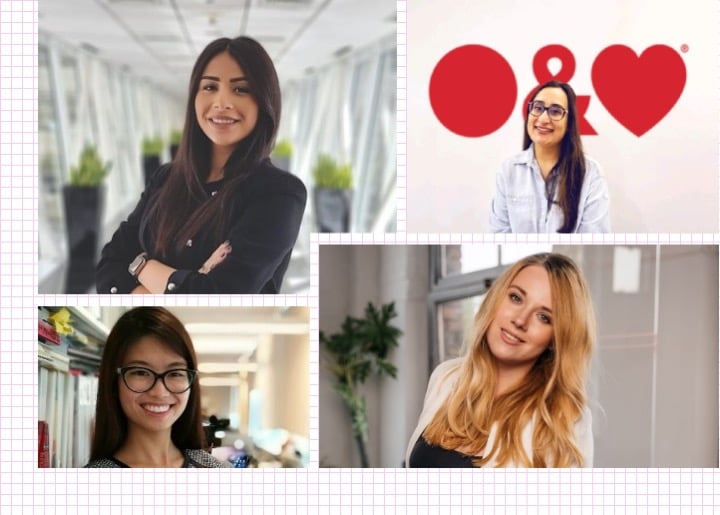 From top left: Wajd Breek, Account Director, Golin MENA; Nareena Mehra, Chief Strategy and Growth Officer, Science & Sunshine; Mary Anne He, Head of Data & Insights, Havas Middle East; Vera Modenova, COO at Flowwow.
From top left: Wajd Breek, Account Director, Golin MENA; Nareena Mehra, Chief Strategy and Growth Officer, Science & Sunshine; Mary Anne He, Head of Data & Insights, Havas Middle East; Vera Modenova, COO at Flowwow. The brand and marketing industry has made giant strides in DEI over the past few years. However, women within the industry, who spoke to Campaign Middle East, claim that there’s still a long way to go, especially with systemic stereotypes around work-life balance.
They shared their take on the age-old struggle to have a seat at the table, which seems to be the theme repeated for International Women’s Day in 2025. And yet, expectations within organisations and biases within society are “placing a greater burden on women” who have earned their place in the workplace.
“When it comes to equity, so much progress has been made, but the road ahead is still long. Women are more visible, yet unco
To continue reading this article you need to be registered with Campaign. Registration is free and only takes a minute. Register Now or sign in below if you already have an account.

